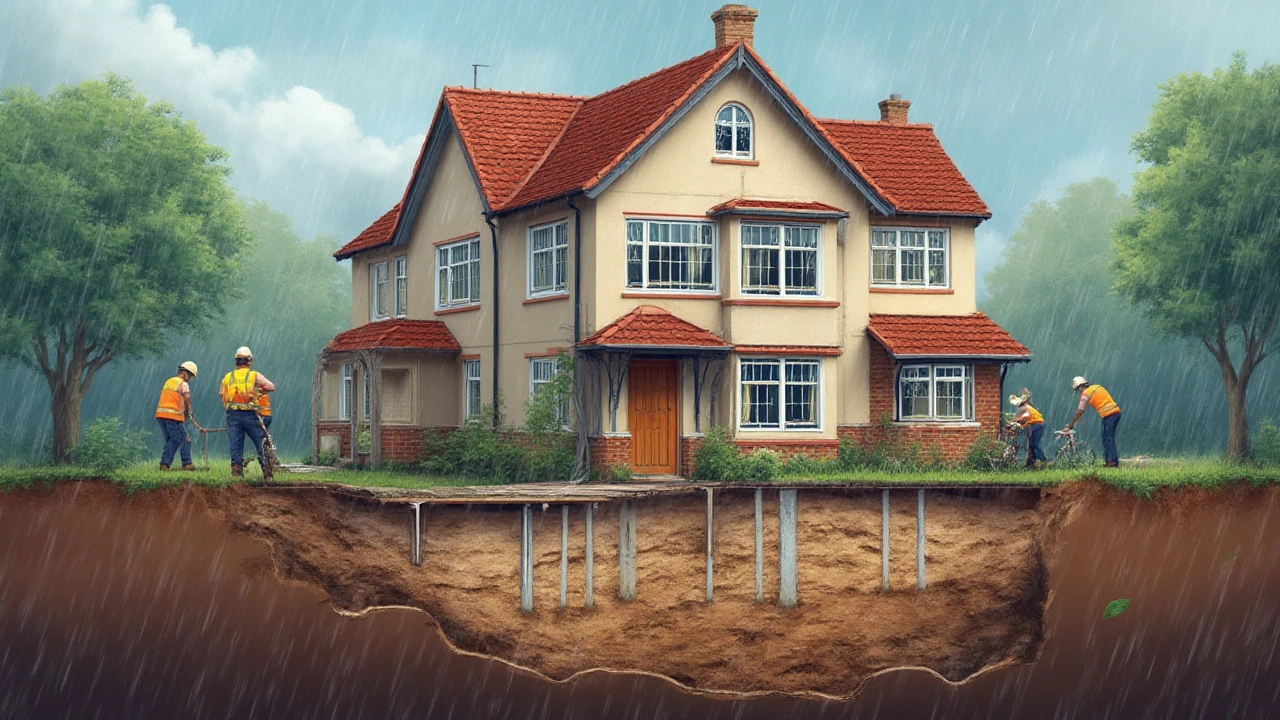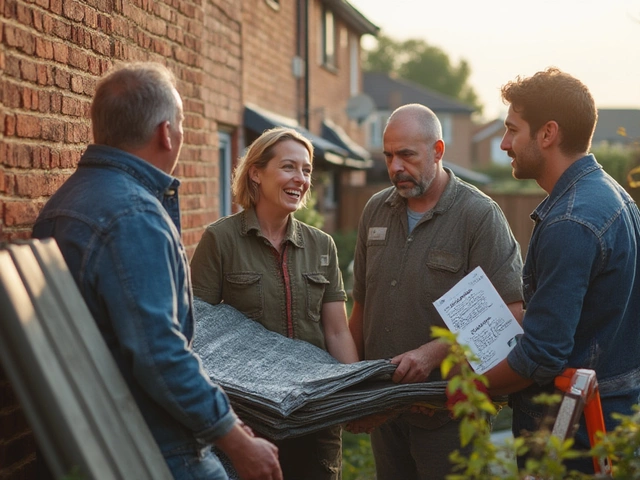Home Stability: How to Keep Your House Strong and Safe
Whether you’re buying a new build or living in a decades‑old house, the biggest thing you want is a solid, stable home. A shaky foundation can lead to cracks, uneven floors, and costly repairs. Below you’ll find simple steps to spot problems early, choose the right materials, and keep your house standing strong for years.
Spot the Warning Signs Early
First thing to do is walk around your home and look for obvious clues. Cracks that grow larger than a hairline, doors that stick, or windows that won’t close properly often signal movement in the foundation. Uneven floorboards, sagging ceilings, or a sloping driveway are also red flags. If you notice any of these, don’t wait – call a structural engineer to get a professional opinion.
Water is a silent enemy. Poor drainage can soak the soil under your house, causing it to expand or shrink. Check that gutters direct water away from the foundation and that the ground slopes at least 6 inches per 10 feet. Simple grading fixes can stop water from pooling and protect the base of your home.
Build on a Solid Base with Quality Materials
When you’re planning a new build or major renovation, the material you use matters a lot. Limestone from local quarries, like those supplied by Lime Hillock, offers consistent strength and low shrink‑age, which helps keep footings stable. Because the stone is sourced nearby, it matches the local soil chemistry, reducing the risk of unexpected reactions.
Mix the right concrete ratio – typically a 1:2:3 mix of cement, sand, and aggregate – and add a waterproofing admixture if the site is prone to moisture. Properly compacted sub‑base material under the slab is another key step. Skipping these basics can lead to settlement down the road, even if the house looks fine at first.
Even if you’re not a builder, you can ask your contractor to show you the grade of stone and the compaction test results. A transparent process means you’ll know the foundation is set up to handle your home’s weight and the local climate.
Regular maintenance is just as important as good construction. Schedule an annual inspection of the foundation, especially after harsh winters or heavy rains. Small cracks can be sealed with epoxy before they grow, saving you time and money.
Finally, keep an eye on indoor signs. Sticking doors, cracks appearing in interior walls, or sudden gaps around window frames often mirror exterior movement. When you catch these early, the repair is usually a straightforward seal or a minor underpinning job.
In short, a stable home starts with good eyes and good stone. Look, listen, and act fast on any odd changes, and make sure the building materials you choose are up to the task. With a bit of vigilance and the right quarry resources, you’ll enjoy a house that feels solid under your feet for many years to come.
Best Foundation Repair Methods: Your Complete Guide to Home Stability

Looking at the best methods for foundation repair, and which choices actually keep your home safe, dry, and value-strong. Get reliable, up-to-date info here.
read more



